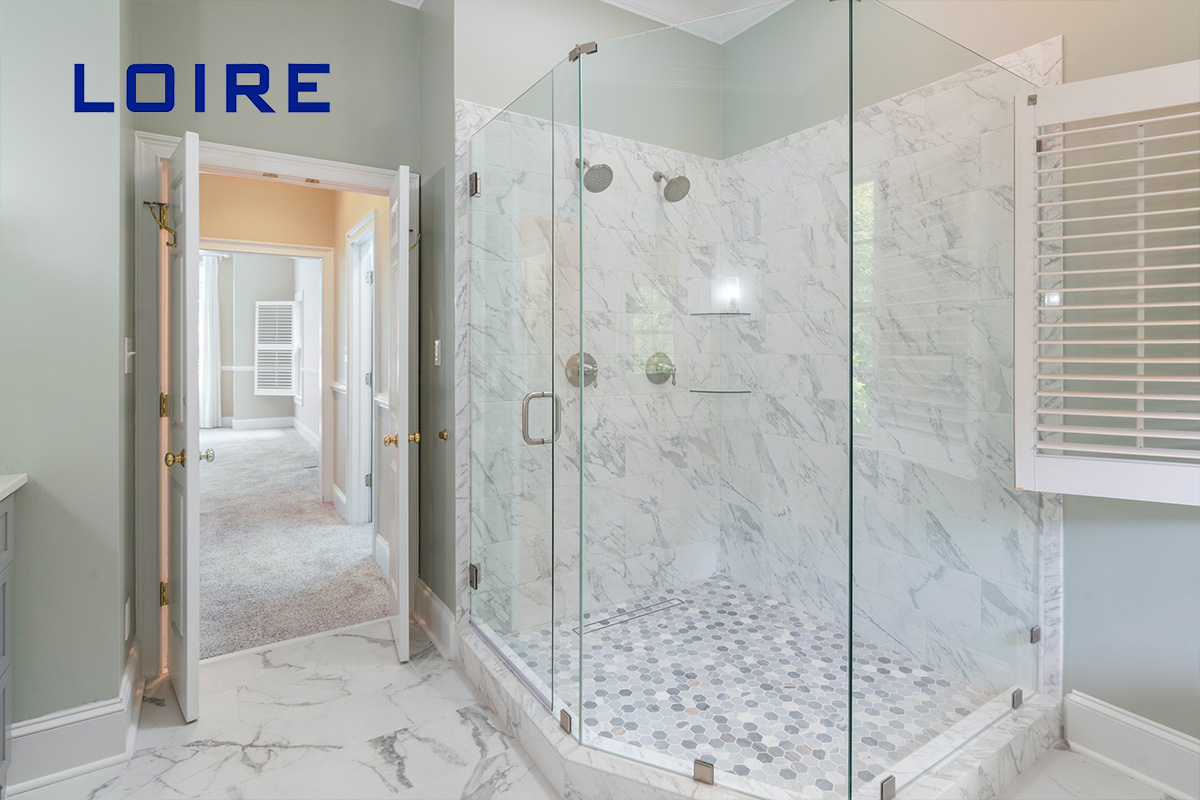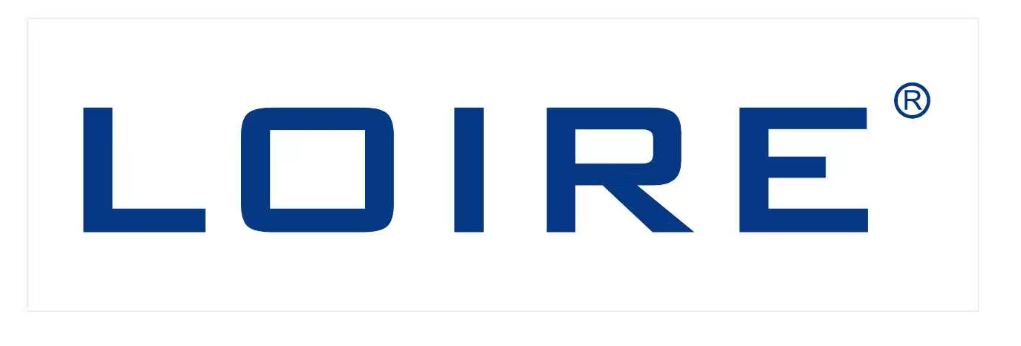Development history and prospects of electroplating

In the previous article, we learned the Basic concepts of electroplating. And We know that electroplating can improve the wear resistance, conductivity, light reflection, corrosion resistance, and beauty of metals.
Electroplating is one of the surface treatment processes of our industry's shower door hardware products. Next, let's take a look development history and prospects of electroplating with the shower room hardware company - Loire Hardware Co. Limited, which specializes in glass hardware for hinges, brackets, connectors, shower supports, handles, and other related accessories for over 21 years.
Development history of electroplating
Modern electrochemistry was invented in 1805 by the Italian chemist Luigi V.Brugantelli who took advantage of an invention made by his colleague Alessandro Volta five years ago, using electrodes for the first electrode-position. But the invention of Brugantelli was suppressed by the French Academy of Sciences and was not used in general industry in the following thirty years.
By 1839, British and Russian scientists independently designed the metal electrode-position process, which was similar to the invention of Brugantelli for copper plating on printed circuit boards. Soon after, John Wright of the United Kingdom discovered that potassium cyanide was a suitable electrolyte for electroplating gold and silver. In 1840, Wright's colleagues, George Ellington and Henry Ellington, were granted the first electroplating patent. The two of them established an electroplating plant in Birmingham, and the technology has since spread to all parts of the world.
With the maturity of electrochemical science, its relationship with the electroplating process has gradually been understood, and other types of non-decorative metal electroplating processes have been developed. By the 1850s, commercial electroplating of nickel, copper, tin, and zinc was also developed. On the basis of two Ellington invention patents, the electroplating tank and other equipment have been expanded to electroplate many large objects and specific piecework.
In the late 19th century, benefiting from the widespread use of generators, the electroplating industry developed vigorously. With the improvement of the current control degree of the generator, many metal mechanical parts, hardware parts, and auto parts that need to be improved in wear and corrosion resistance have been processed and can be processed in batches. At the same time, the appearance of parts has also been improved.
The two world wars and the growing aviation industry promoted the further development and improvement of electroplating, including hard chromium plating, copper alloy electroplating, acid nickel plating, and many other electroplating processes. The electroplating equipment has also progressed from the previous manually operated asphalt-lined wooden tank to the current fully automated equipment, which can handle thousands of kilograms of parts per hour.
Prospects of electroplating
China has a long history of electroplating. It was introduced to China from Europe in the late 19th century and developed and expanded in the 1980s. The new era of green chemistry requires electroplating to move towards low toxicity, low pollution, and low loss. Building a resource-saving and environment-friendly electroplating industry is the development direction of the electroplating industry in the new era and an inevitable choice for sustainable development.
The development of plating additives plays a very important role in the development of the electroplating process. Adding various additives with brightening, wetting, leveling, conductive, buffering, and other functions to the plating solution can have an important effect on improving the performance of the plating solution and the quality of the coating. In order to solve the problem of environmental pollution, considerable achievements have been made in the development of non-toxic and low-toxicity plating solutions in recent years, and some new process formulas have been put into use.
The development of new processes such as high-speed electroplating and pulse electroplating has achieved gratifying results. In recent years, due to the active promotion of cleaner production and environmental protection in the electroplating industry, the continuous innovation of electroplating technology and additives, the Chinese electroplating process has reached the international advanced level. It can manufacture computer-controlled automatic electroplating production lines, and our country has been able to manufacture internationally advanced electroplating wastewater and waste gas treatment equipment.
Here is the introduction to the development history and prospects of electroplating.






